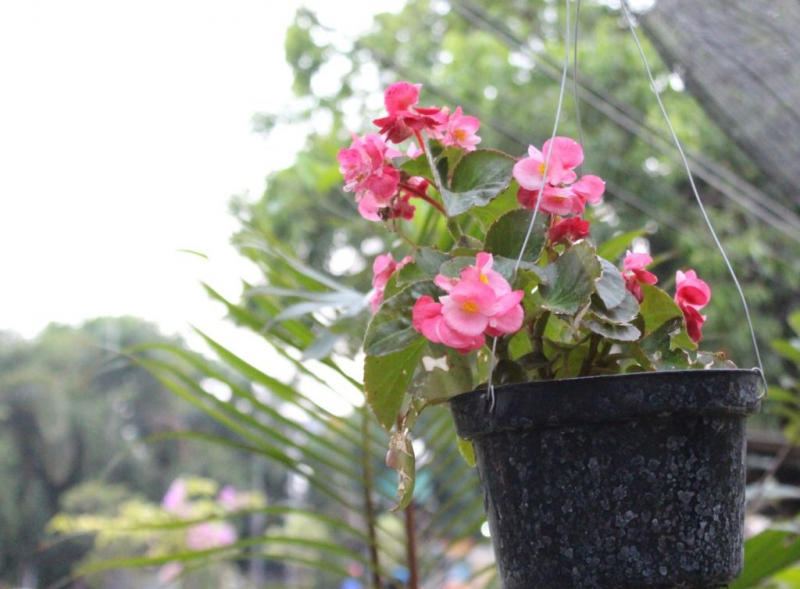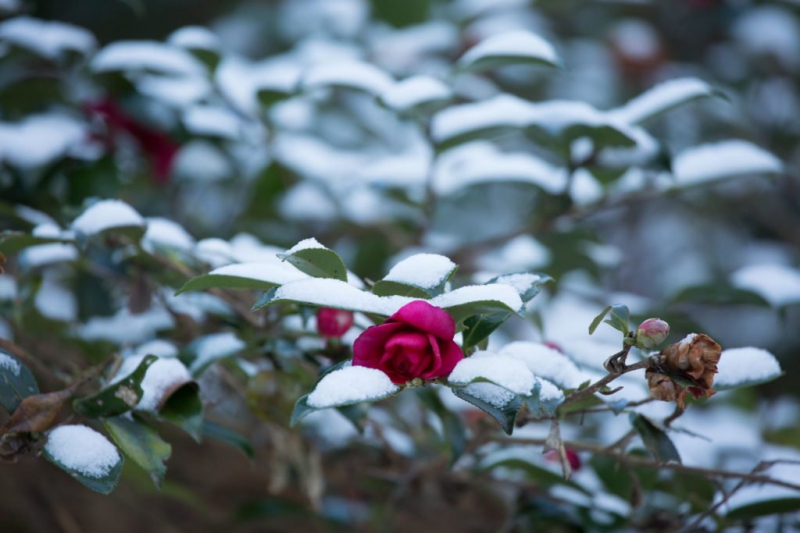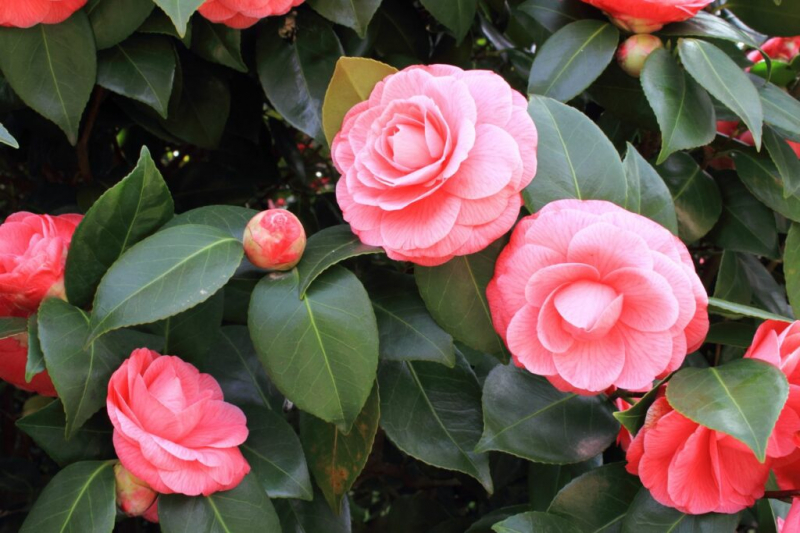Caring For Camellia: Expert Tips For Ideal Care
In order for camellias to bloom profusely, they must be properly cared for. We will show you which care measures are essential for camellia. The camellia ( Camellia ) is a true flower beauty. However, if you want to grow large and colorful flowers, you should pay attention to the correct attention so that this can also succeed. We’ll tell you the most important care measures so that your camellia grows healthy and lush.
Maintain camellias
Table of Contents
The camellia makes some special demands on its environment and care. The following points must be observed in order to let the Asian tea beauty shine in all its splendor.
You Might So Like: Caring For Carnivorous Plants: The 5 Most Common Mistakes
Water camellias
Camellias are bog plants and like to be permanently moist. The emphasis here is expressly on “damp” because waterlogging can quickly lead to root rot. Regular watering is, therefore, the preferred method so that waterlogging is definitely avoided. However, if there is a long dry period in summer, it is advisable to reduce the frequency of watering but to use more water. With the larger amounts of water, you can compensate a little for the evaporation on the surface and make sure that the rooted area of the soil is completely penetrated by water.
Fertilize camellias
With good care, the camellia develops very large and dense flowers. In order to guarantee this, fertilization plays an important role. You should therefore fertilize at regular intervals, especially in late spring to late summer. The frequency depends on the nature of the soil and the weather. Rhododendron fertilizers have proven themselves as fertilizers, as they largely meet the requirements of camellias. Occasionally, you can resort to a full mineral fertilizer to encourage lush flower growth. Simply apply liquid fertilizer with the irrigation water in the weeks before flowering. However, pay attention to the dosage instructions on the fertilizer packaging to avoid over-fertilizing.
Camellias can also be fertilized organically. This minimizes the risk of over-fertilization, as the nutrients are released slowly and gently. Organic fertilizers with long-term effects are particularly suitable. You should apply this right at the beginning of budding. You can find more information about fertilizing camellias in our special article.
Transplant and repot camellias
The camellia shows an above-average growth of roots. To prevent the roots from competing for nutrients at some point, it is important to repot the camellia occasionally. Fall is the best time to do this, preferably from early October. In August and September, most camellias fall into a dormant phase in which they also need less water. Pouring them on in the new, larger bucket could therefore harm them. So wait until this resting phase is over and pamper your camellia with a larger planter at the beginning of the new growth phase.
Cut camellias
The camellia rarely needs extensive pruning under normal circumstances. It is much more important to regularly rid them of withered shoots and withered flowers. But if you want to prune your camellia, the best time to do this is somewhere between May and July, depending on the weather and vigor. However, it is important not to cut your camellia too brutally with one cut, as a radical cut could take revenge with greatly reduced regrowth. However, you can and should regularly remove dead flowers.
Overwinter camellia
Camellias need cool temperatures in winter, but they should still be frost-free. Only a few varieties are conditionally hardy and can withstand our domestic winter with appropriate winter protection planted in the bed. To survive the frost, the root area of the plants is covered with a thick layer of bark mulch, brushwood, spruce branches, or moss. In severe frost, the above-ground part must also be protected.
Most varieties, however, should be cultivated in pots and overwintered in a light place with temperatures between 5 and 15 ° C.






